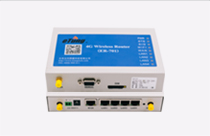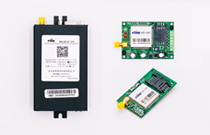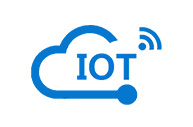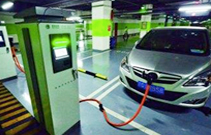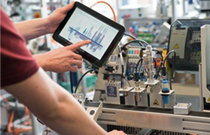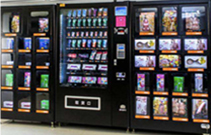Address: 2nd/Floor No.216, 3rd Building Beike Industrial Park, Haidian District, Beijing, China
COPYRIGHT © 2005-2018 ETUNG TECHNOLOGY CO., LTD. ALL RIGHTS RESERVED 京ICP备06018558号-6 Powered by www.300.cn
Etung DTU Products Applied in Photovoltaic Remote Monitoring System
Page view
[Abstract]:
The National Energy Administration has recently issued the Implementation Scheme of the Construction of Photovoltaic Power Generation in 2015. It shows that in 2015, more photovoltaic power stations will be constructed in China to reach the goal of 17,800,000 kilowatts for an increase of 78%. In fact, the goal of installing PV systems is far beyond market expectation, which will be greatly beneficial to the whole photovoltaic supply chain.
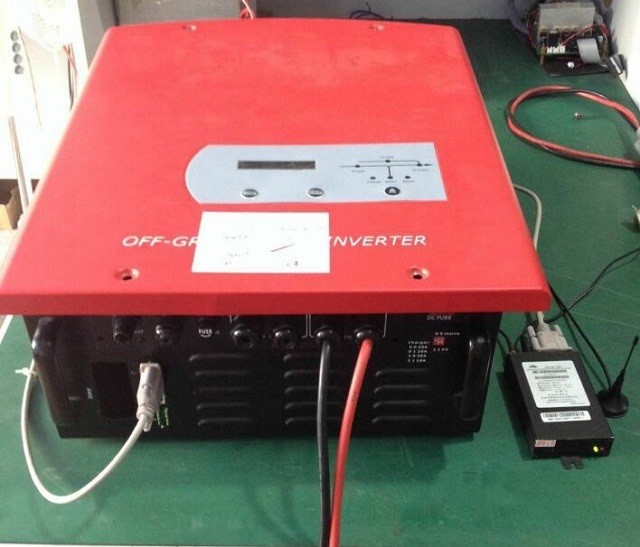
The photovoltaic remote monitoring system is essential to the construction of numerous PV power station systems. This also increases the demand for networking controllers (inverters or integrated machines). Nowadays, the controllers and inverters (integrated inverter and controller) from lots of manufacturers have been connected with the GPRS/3G device from Etung to achieve the remote monitoring of photovoltaic devices.
The photovoltaic remote monitoring system is used to check the real-time operating data of controllers or inverters (integrated inverter and controller), as well as the history records. Real-time inspection of the alarm and operating status allows the monitoring system to timely deal with the warning fault for better maintaining the safe and efficient operation of controllers or inverters (controller and inverter integrated machines), whilst extending the lifespan of equipment. The operating parameters can be checked by customers within the designated time period upon request, so that the operating status of equipment can be well analyzed and evaluated via historical data. The historical data, fault conditions and operation logs are stored and used for better maintenance and improvement of both solar panel output and system equipment.
无
Next article:





